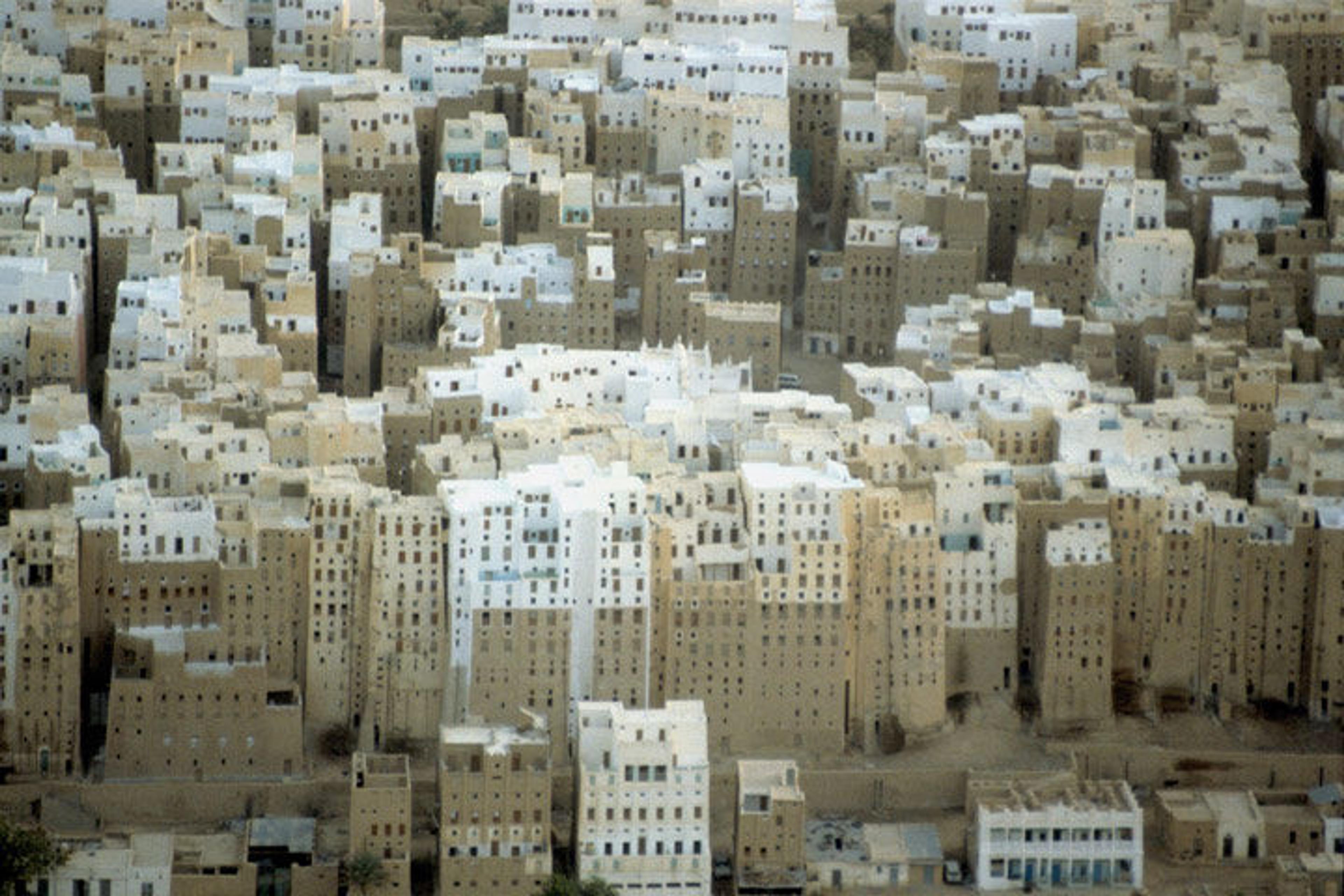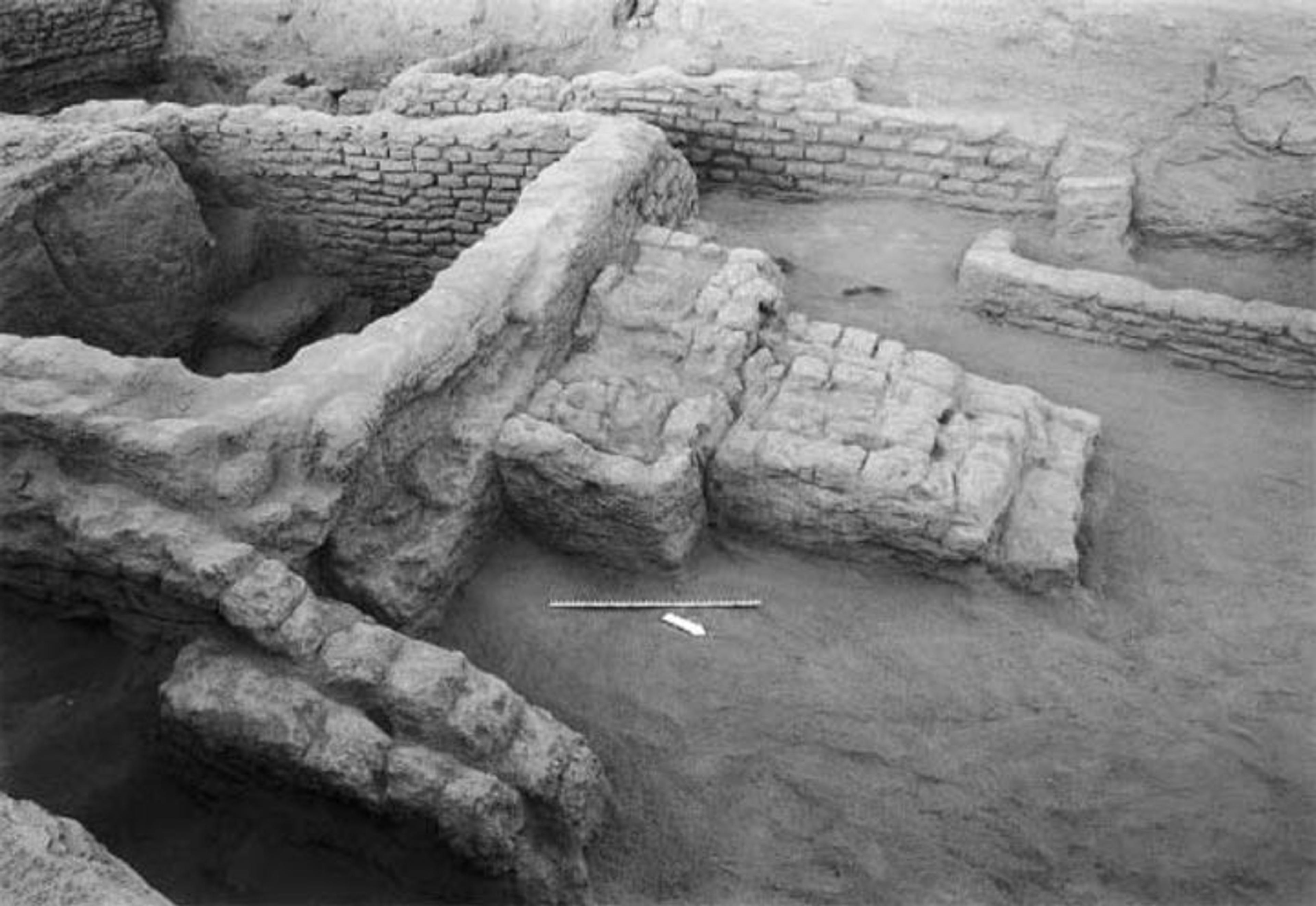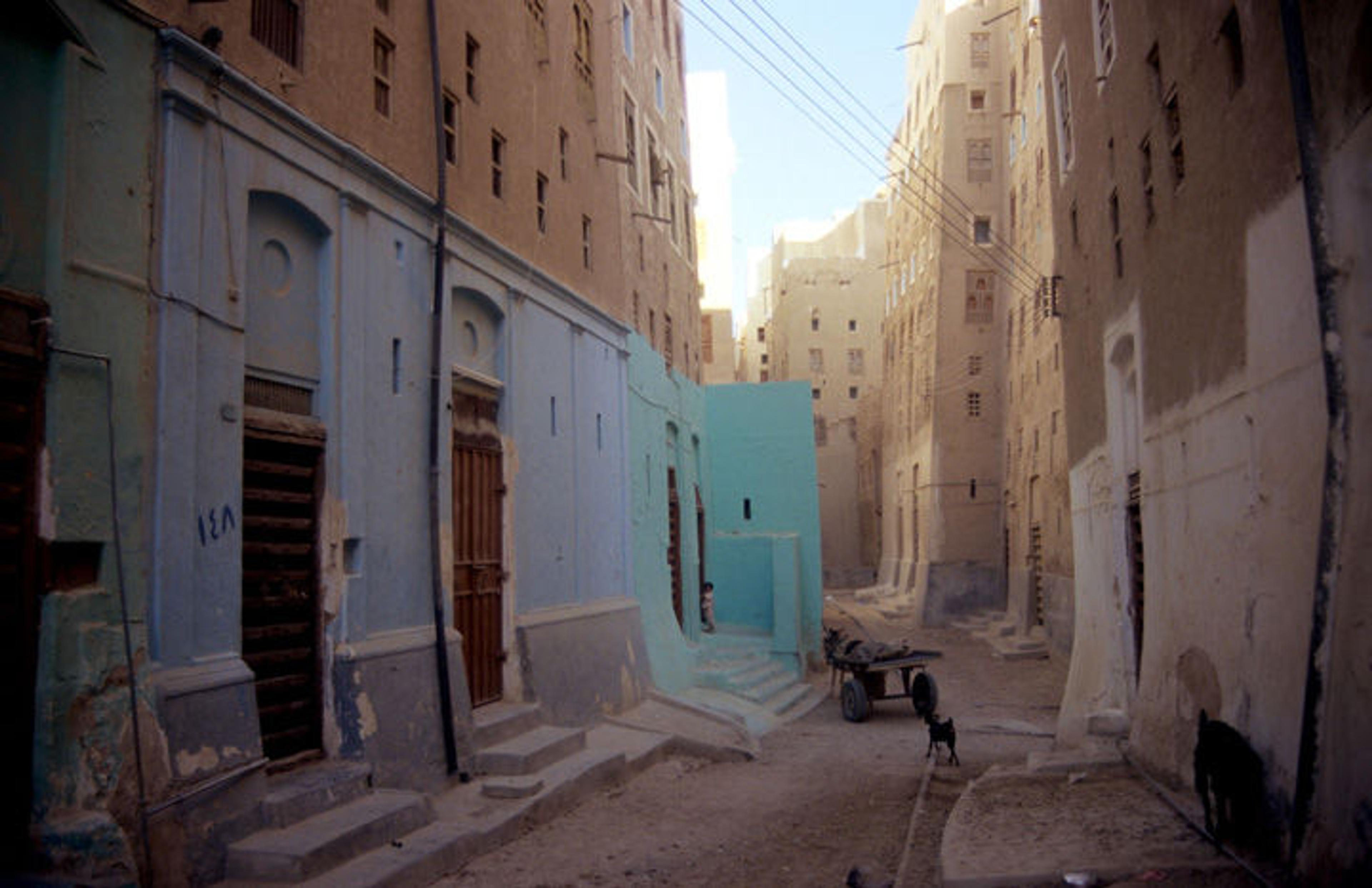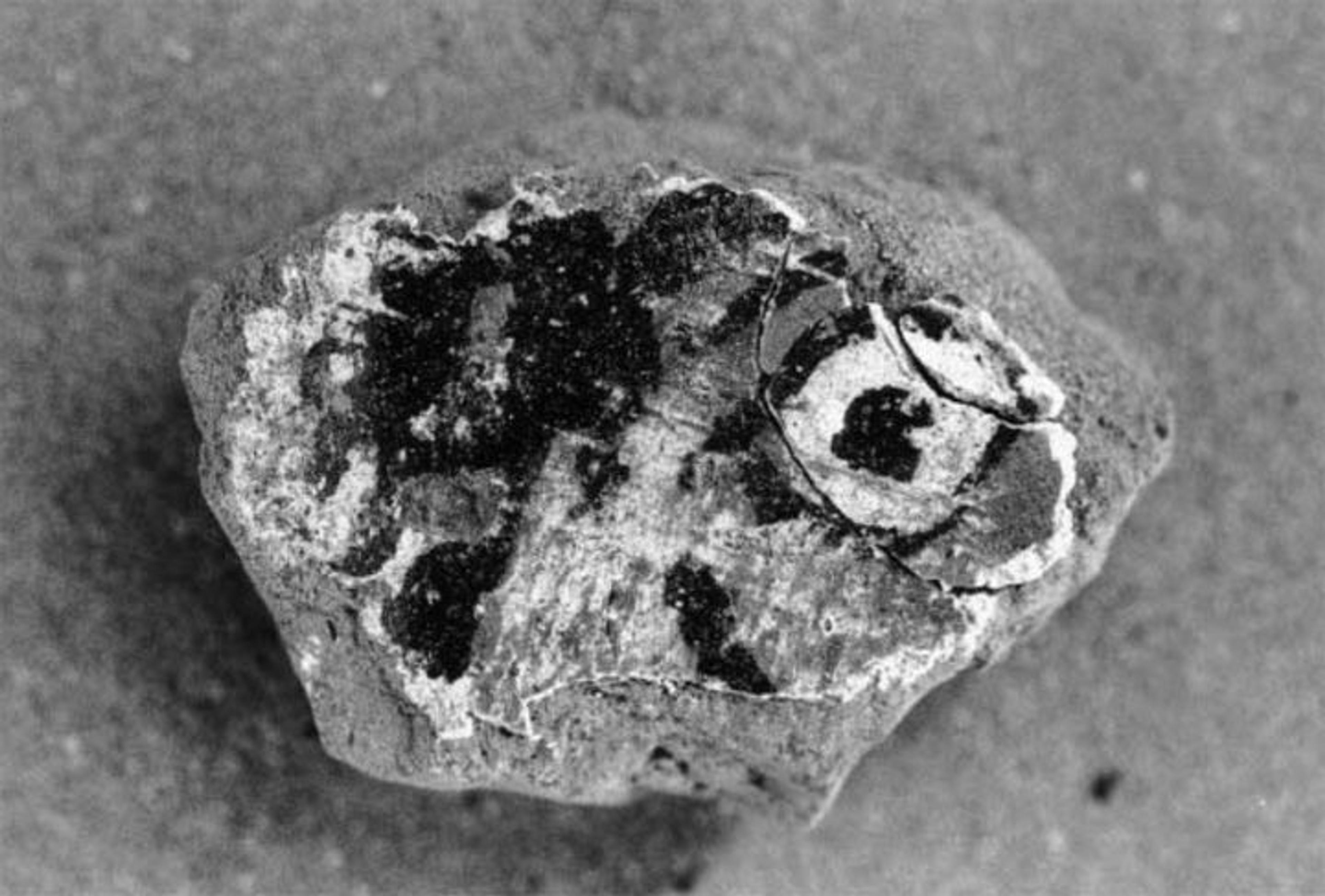
The mud-brick tower houses of Shibam, Hadhramawt, Yemen. All photos courtesy of the author
The Metropolitan Museum of Art, in cooperation with nine other leading museums around the world, is proud to be part of the UNESCO-led international awareness-raising campaign Yemeni Heritage Week: Museums United for Yemen, from April 24 through 30, 2016. In the first of two blog posts celebrating Yemeni Heritage Week at The Met, Mellon Curatorial Fellow Matt Saba highlighted Yemeni artwork from the Islamic Period in The Met collection on RumiNations; here, archaeologist Paul Zimmerman, a friend of the Department of Ancient Near Eastern Art, discusses Yemen's equally rich pre-Islamic heritage.
«In preparation for Yemeni Heritage Week, I have been reflecting upon my own introduction to Yemeni archaeology over two decades ago. In 1994 and 1995, The Met supported a small but important archaeological excavation in the Hadhramaut Governorate of eastern Yemen. Led by Professor Donald P. Hansen of New York University's Institute of Fine Arts and co-directed by Professor Edward Ochsenschlager of Brooklyn College and Selma al-Radi—all highly skilled excavators with decades of experience in Mesopotamian and Egyptian archaeology—their project sought to shed light on what was then a very poorly known part of ancient Arabia. Their graduate students accompanied them on the excavation, and I joined the project as its surveyor and photographer.»
The site chosen, Jujah, was a small tell a few kilometers west of the UNESCO World Heritage Site of Shibam—the "Manhattan of the Desert" renowned for its densely packed mud-brick skyscrapers. Though the great British archaeologist Gertrude Caton-Thompson had, in 1937, dismissed Shibam as "insalubrious," for nearly six months the Jujah dig team called it home.
Caton-Thompson briefly described Jujah before choosing the site of Hureidha further to the west. In the 1970s, as a sidelight to their excavations at the ancient Hadrami capital of Shabwa, the French Archaeological Mission mapped a number of sites in the interior, including Jujah. Then again, in the 1980s, a joint Soviet-Yemeni expedition excavating Raybun also visited and made sketch maps of Jujah. These earlier projects, however, were all located in the western end of the Wadi Hadramawt, and ours would be the first systematic excavations performed well into the interior of the great wadi.
The earlier excavations discovered extensive systems of waterworks and cities that had been occupied for centuries before their final abandonment. As the Wadi Hadramawt is a great canyon cutting east to west through the desert plateau of eastern Yemen, these cities were strategically situated to control the caravans that carried frankincense and myrrh from the growing regions in the east across Yemen and eventually up to the Mediterranean. Located as it was, so close to Shibam, we had hoped that Jujah would prove to be another important stop on the incense route.
Instead of another regional center, however, Jujah turned out to be a village that, though culturally and economically part of the same kingdom as Shabwa, Raybun, and Hureidha, lacked their stature. And though Jujah did not have the stone temples of the larger cities, the excavations there improved our understanding of the region's pre-Islamic history and revealed significant structures built of mud brick.

The paved surface of the platform temple at Jujah
The project unearthed four distinct architectural levels, the final two comprising a number of large, multistory mud-brick farmhouses from the late centuries B.C. to the early centuries A.D. Notable artifacts from these houses included limestone incense burners, bronze tools, great quantities of locally produced pottery, and limestone plaques set into walls and floors. Some of these plaques were inscribed with characters in the South Arabian script, and it is likely that many were reused decorations from earlier buildings.
Below the farmhouses we found a platform temple dating to the fourth or third century B.C. A paved rectangular platform accessed by a staircase on its northern end, this type of temple was first excavated by Caton-Thompson at Hureidha. But whereas that structure was constructed with stone slabs, the one at Jujah was made entirely of mud brick. Toward the end of the 1994 season, we began dismantling the platform temple to find that its interior was filled with clean sand. More surprisingly, we found that the outer walls of the platform were built directly atop those of an earlier structure. Unfortunately, the first season was cut short by the Yemeni Civil War of 1994, so further exploration would be postponed until the following year.

The north end of the platform temple, showing its staircase, after half of its pavement and the sand fill had been removed
After further removal of the platform temple, we found a very different kind of temple below, belonging to the seventh to fifth centuries B.C. The walls of this earlier temple had been very carefully cut away at about a half meter above the floor to form the foundation of the later platform temple. Whereas the platform temple was an open-air sanctuary, the earlier temple was an enclosed building with a staircase leading to a second story supported by four interior columns.
The cella of the earlier temple was furnished with benches around its perimeter and an altar near its north wall. Though the room had been swept clean, we found bits of gold foil and a few beads near the altar. Most interesting to us, the entire inside of the temple had been beautifully plastered. Plasterwork is an important element of Hadrami architecture to this day, and its use in the temple showed that the practice spanned millennia. Moreover, some of the broken plaster fragments were painted. Though there weren't enough pieces left to discern the decorative motif, there were bits of painted birds and humans, and a few letters in the South Arabian script.

Inside the city of Shibam, showing the plasterwork protecting the houses' ground floors from rain and flooding

A fragment of the plaster from the earlier temple, showing a painted human eye
It was clear that the earlier temple was carefully decommissioned and ritually cleansed for its reuse as the foundation for the platform temple. Though we know of no corresponding population movement or political change, the very presence of this change points to a profound shift in the cult practices of the ancient Hadramis in the fourth or fifth century B.C.

The main trench at the end of the 1995 field season. Multiple layers of occupation at the site are evidenced in the wall of the trench, and the earlier temple can be seen at the bottom, its white plaster standing out against the brown of the mud brick.
Personally and professionally, the experience of working at Jujah was deeply moving, and the Yemeni archaeology captivated me. I found the people inviting, and their heritage, architecture, geography, and history all endlessly fascinating. In time, I conducted my own research in Yemen, and earned my doctorate for those studies. It is a pleasure, now, to share my love of Yemeni heritage with a wider audience.
Related Links
RumiNations: "From 'Manhattan of the Desert' to Manhattan on the Hudson: Yemeni Heritage Week at The Met" (April 26, 2016)
Yemeni Heritage Week at The Met: Digital Brochure
Gallery Talk: Pre-Islamic Art in Yemen (Friday, April 29, 6 pm)
Yemen Peace Project
#UNITE4HERITAGE